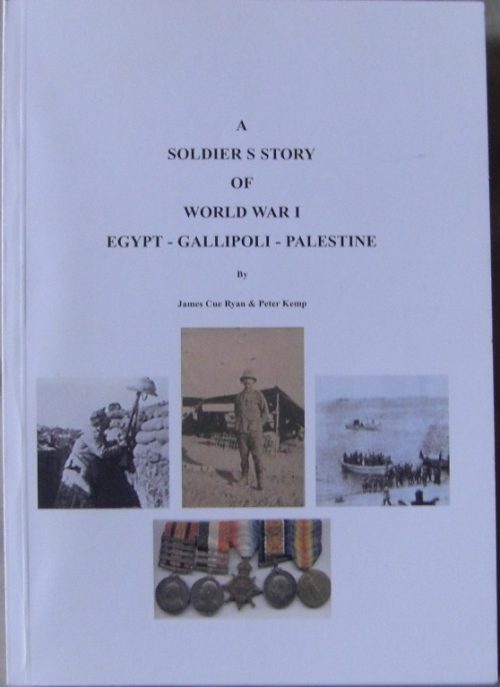Description
Title: With the Cameliers in Palestine: The story of the Imperial Camel Brigade made up of Australian, British, Indian and New Zealand units and its operations in the Sinai desert and in Palestine.
Author: Robertson, John
Condition: Mint
Edition: 2nd Edition
Publication Date: 2003
ISBN: 1843426781
Cover: Soft Cover without Dust Jacket – 244 pages
Comments: This is an account of the Imperial Camel Brigade (or Imperial Camel Corps as it was generally known), a cosmopolitan body of troops that gradually grew into a brigade some two thousand eight hundred strong. Even now not a great deal is known about this force. It was organized in companies of six officers and 169 other ranks, four companies to a battalion. By December 1916 four battalions were in existence which were combined to form a brigade with the necessary support units such as a machine-gun squadron, artillery, engineers, signals, field ambulance, army service corps detachment and a brigade ammunition column, in fact very much the organization of an independent cavalry brigade.
The 1st and 3rd Battalions were recruited from the Australian Light Horse, the 2nd Battalion from British Yeomanry units, and the 4th Battalion from the Australian and New Zealand Light Horse (two companies from each). The artillery element was a mountain battery of the Hong Kong and Singapore R.G.A., manned by Sikhs. There were well over 3,000 camels which, if following each other head to tail would have made a column eight miles long.
There were no wheeled vehicles in the brigade. The author served with the 16th Camel Company (a NZ company) from February 1917, a month after his arrival in Egypt, till the brigade was disbanded in June 1918. He has written a most interesting account of the brigades actions – fights on the border line between Sinai and Palestine, the battles of Gaza and ultimately its capture and that of Beersheba.
But he also includes an account of the everyday experiences of the Cameliers and brings his knowledge of history into play with references to the passage of forces across the Sinai Peninsula from 4000 BC down to Richard the Lion Heart and the Crusaders and Saladin. Nor does he forget the camel itself as he describes the beast, its sometimes unpredictable habits, what it eats and what it was like to handle and how dangerous it could be. This book is an education in more ways than one.


